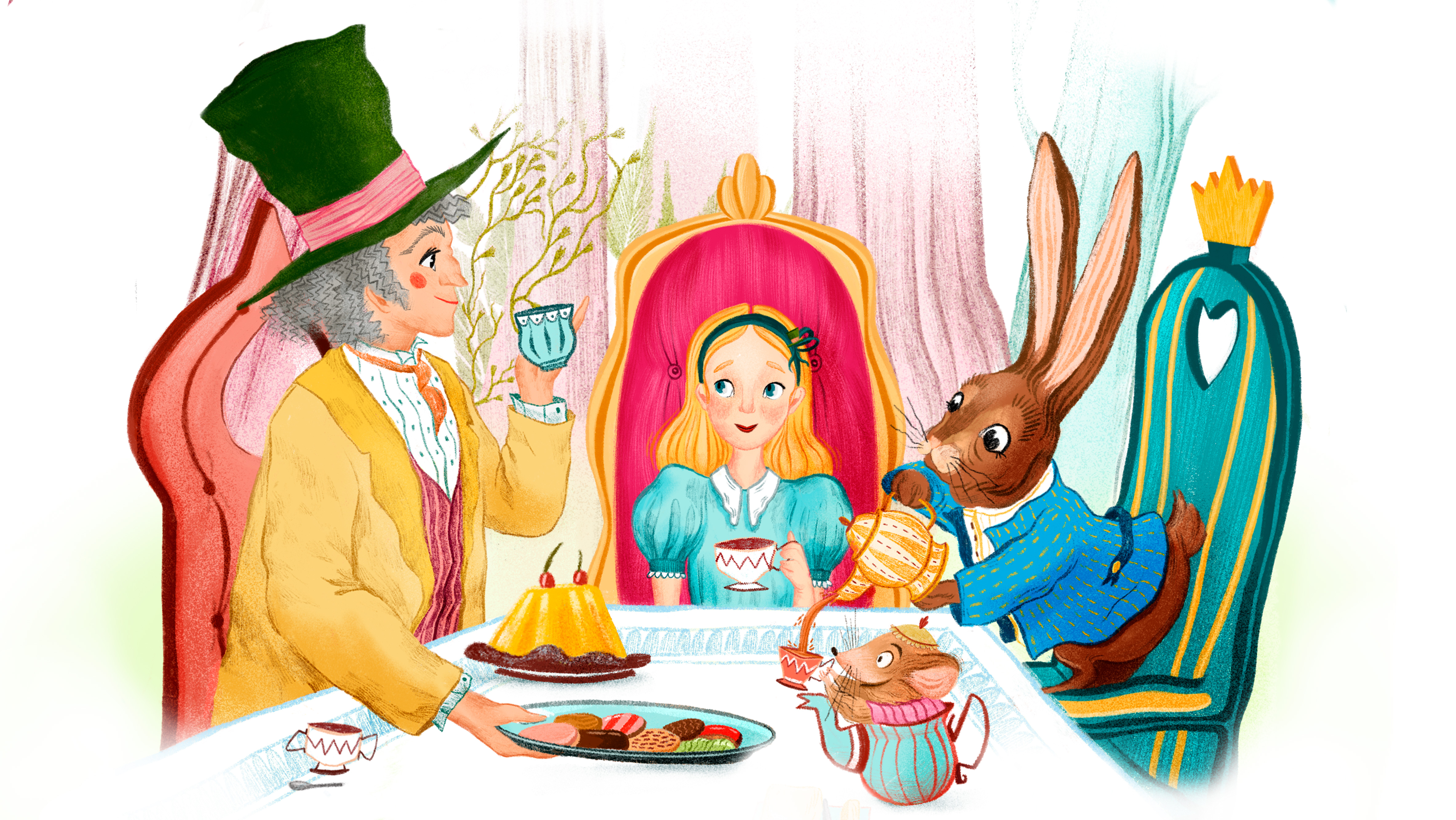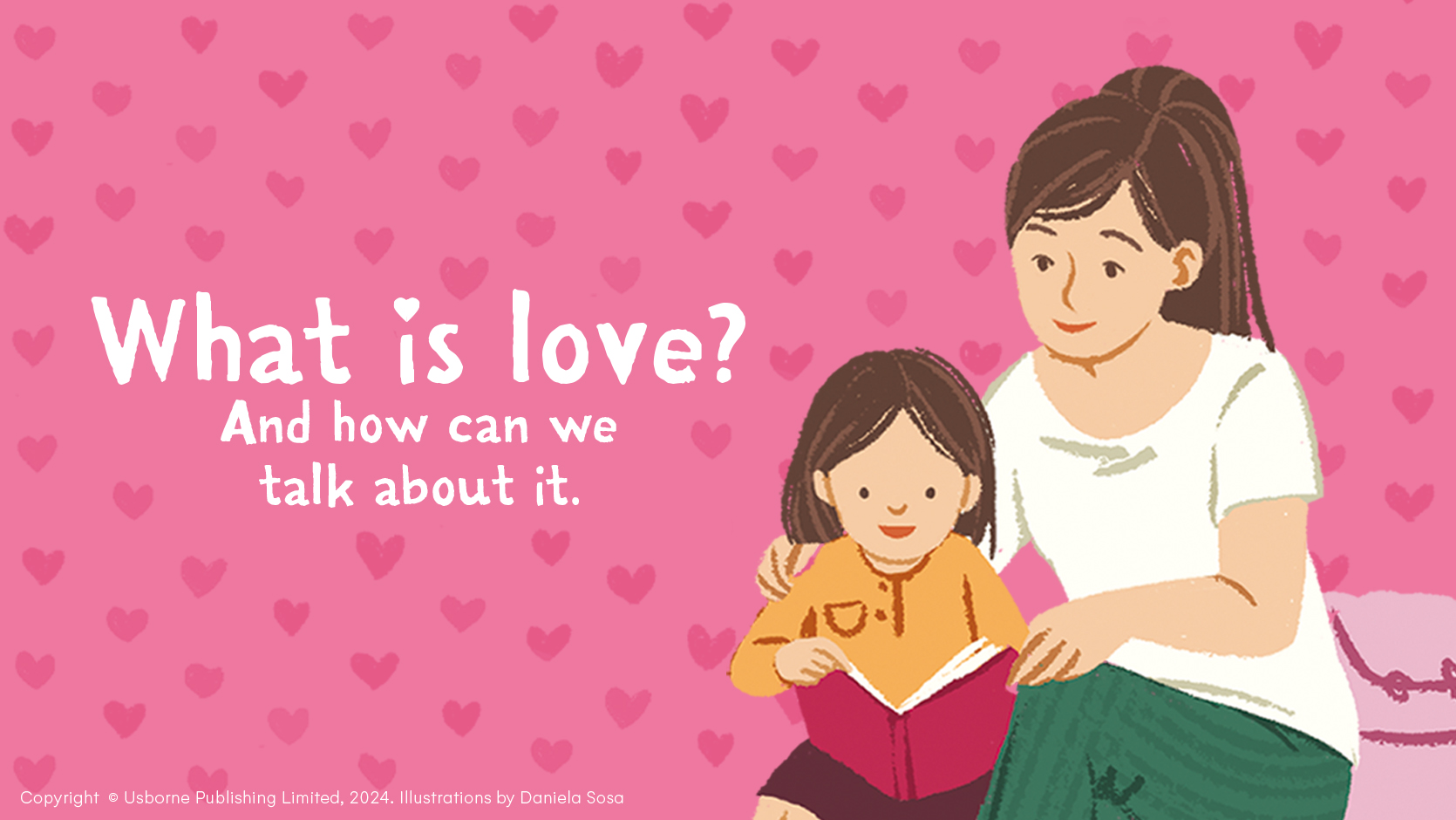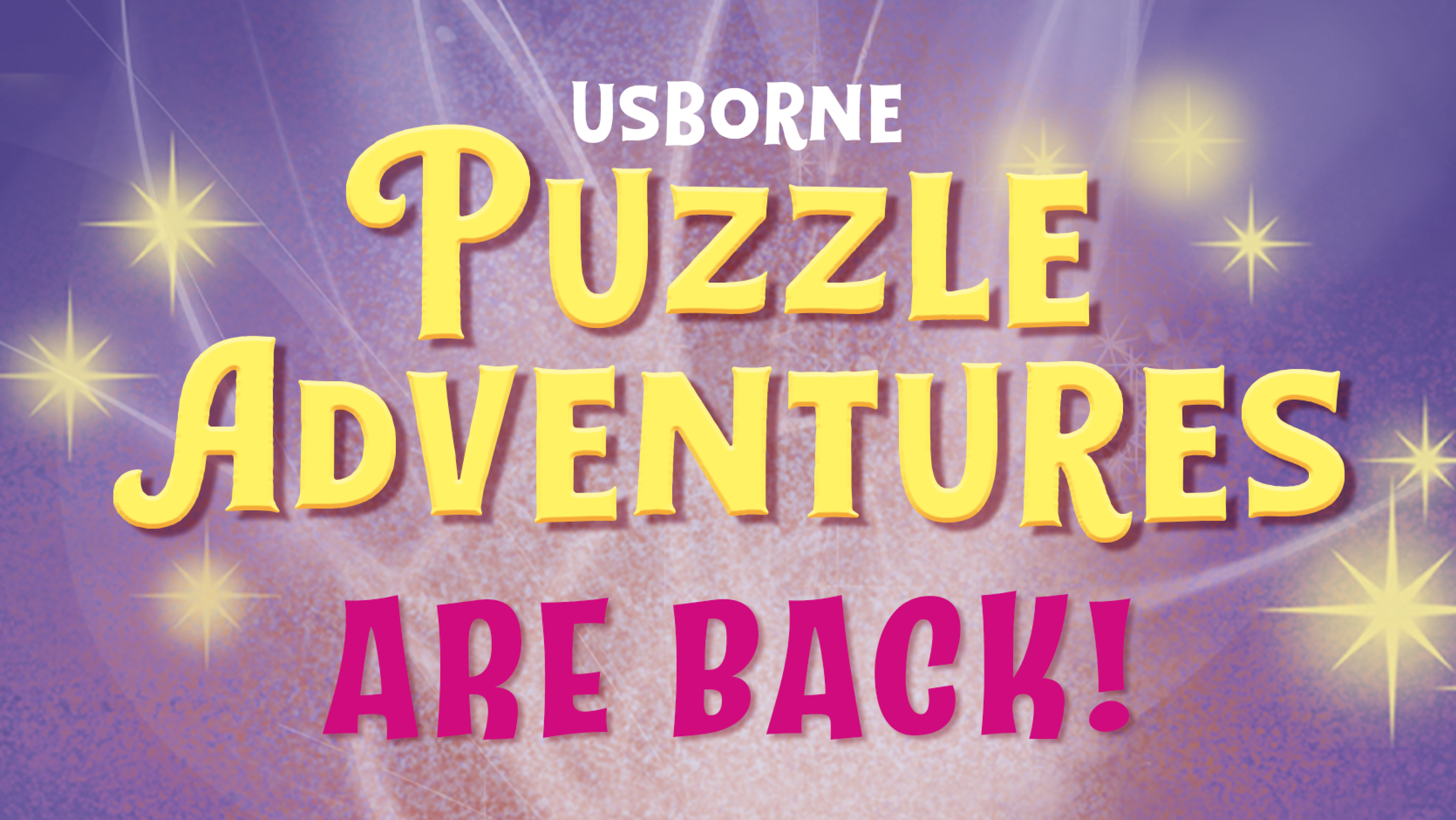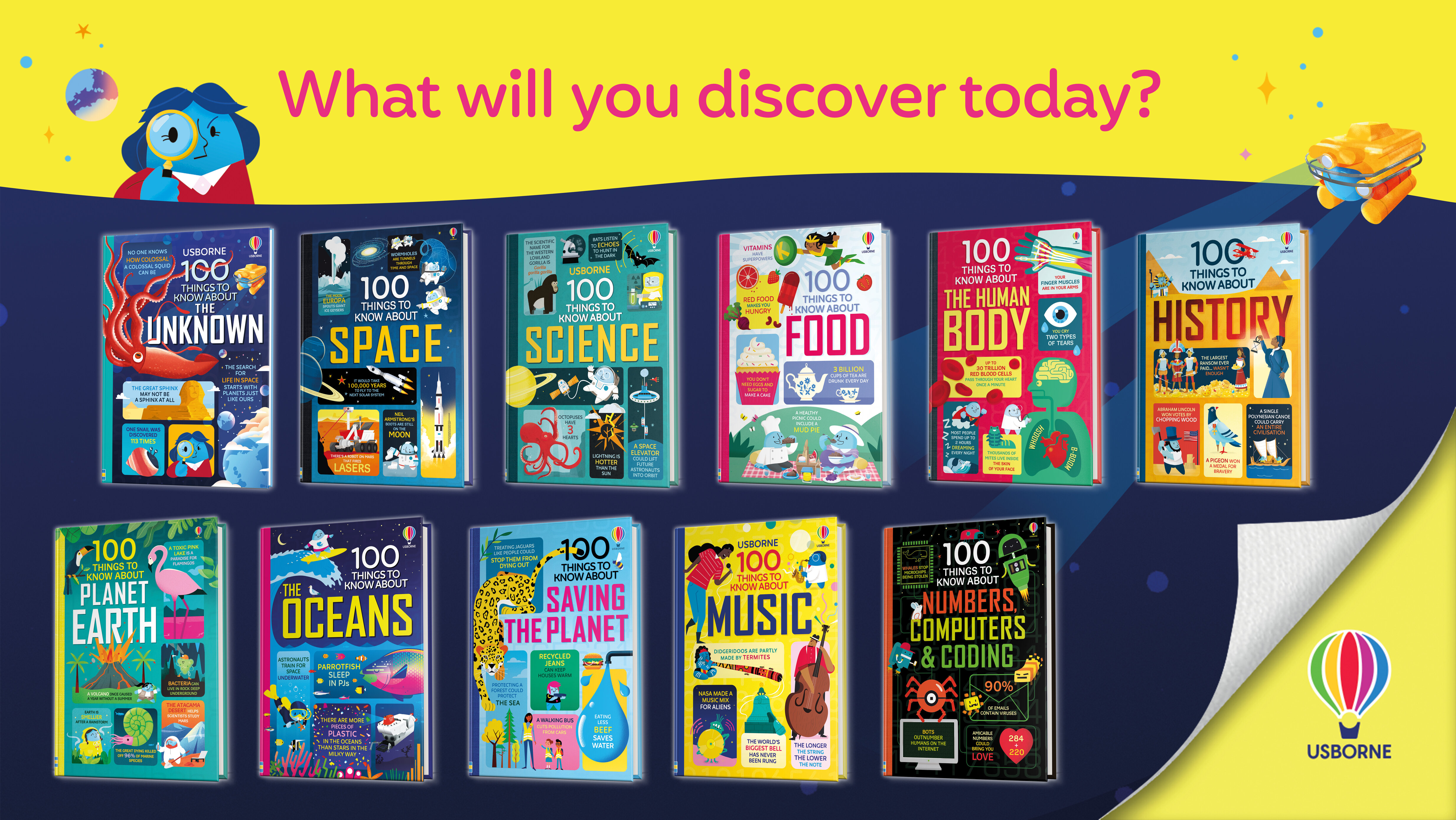- Behind the scenes at Usborne
Why are the stories in Usborne English Readers good for English language learners?

An interview with Mairi Mackinnon, Managing Editor of the Usborne English Readers series
How do you choose the stories, for the different levels of the English Readers series?
Choosing the stories themselves is a fascinating and challenging process. We decided to launch the series with stories that are known and loved around the world. These are stories that many others have retold before us – for a newly-established series, it's much harder to persuade people to pick up a story they don't already know. We're relying on Usborne storytelling flair and generous, high-quality illustration to set us apart from other retellings. Once the series is established, that gives us the chance to try less well-known stories because people trust the Usborne English Readers brand and values, and we're starting to see that at the Starter Level with two terrific African and Chinese stories published in 2021.
We choose stories that we think will sit comfortably at particular levels - simple folktales and fables work well at Starter Level, classic fairy tales at Level 1, myths and legends and children's classics at Level 2 and classics of English literature such as Dickens and Shakespeare at Level 3. We do find that some stories don't work at the levels where they seem to fit best - it's impossible to tell the story of the Fisherman and the Genie, for instance, at Starter Level where we only use present tenses. (How awkward does it sound for the genie to say "I am in this bottle for a thousand years"?) Generally, though once we start writing the story, it settles quite naturally to the level we've assigned.
How do you choose the activities?
With the activities, too, we tailor them to the story levels, so Starter Level activities are very straightforward and visually based, with the complexity and challenge rising, in terms of both vocabulary and the sophistication of the puzzles, as students progress.
What is the difference between Usborne English Readers and the Usborne Reading Programme?
It's true that many Usborne English Readers retell stories that are to be found in the Usborne Reading Programme. The difference is that the English Readers are written to a much more demanding grammar framework and vocabulary list than the Reading Programme, which was intended primarily for English native speakers. The Reading Programme encourages readers to recognise and start to use more imaginative, challenging and figurative language as they progress through the levels.
In the English Readers, on the other hand, it's all about providing readers with plenty of support as they develop their knowledge and fluency. The grammar framework for each level can be downloaded from the Usborne website, and has been closely based on the teaching sequence of many popular English courses, as well as the syllabus for Cambridge Young Learner examinations. The stories at each level are written to a core list of headwords (that's to say, words with the same root and the same base meaning, e.g. selling-sold-sale are all classed under the headword 'sell'), and every word in the story that is not on that list appears in the glossary at the end of the book. Use of idiom is also carefully controlled, and avoided altogether at the lower levels, and the same is true for the struggling student's nemesis, phrasal verbs.
How is content placed on the CEFR scale?
CEFR levels are determined by the grammar and vocabulary frameworks at each English Reader level, so authors always know they are writing to a particular CEFR level, and editors then make sure that the story is consistent with its designated level. The number of words is more an indicator of students' stamina than CEFR level, but grammar and vocabulary are key.
Why does the series only go up to CEFR level B1?
We certainly don't rule out adding more CEFR levels, and it's true that there are a number of stories that would work well at a higher level because of their greater complexity and their suitability for older readers. At the same time, we have found the greatest demand is for the stories at the lowest levels, so our priority has been to build up the Starter Level, for instance, to the same number of titles as Levels 1 to 3 – we published five more Starter Level titles in 2021.
We are aware that students in different countries progress in English at different rates, and we do try to include a range of stories at the higher levels and to keep the illustration styles age-elastic so that older readers don't feel patronised. By level B2, we believe the English Reader levels are starting to converge with the Reading Programme, and this may be the point at which students can start to tackle Young Reading Series Two and Three.














